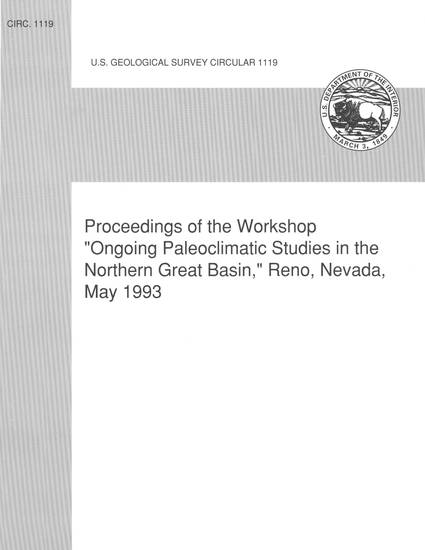
Presentation
Last 200,000 Years of Glacial History at Bishop Creek, Eastern Sierra Nevada, California
Conference on Paleoclimates of the Northern Great Basin
(1996)
Abstract
Difficulties in accurate age determination and correlation of Quaternary age and geomorphic surfaces have been a long-standing problem in Quaternary research (Porter and others, 1983). The
lack of materials appropriate for absolute age determination has caused workers to use various relative dating techniques to correlate deposits of Quaternary age (for example, Burke and Birkeland, 1979). The assumption used in relative dating is that lithology, climate, topographic position, and vegetation factors remain constant among sites so that the weathering of each deposit indicates the time that has elapsed since deposition (and the initiation of weathering processes). However, because lithologic and climatic factors vary between canyons of the east-central Sierra Nevada, conflicting conclusions by different workers at the same canyons and between canyons have resulted (Fullerton, 1986).
Keywords
- Glacial history,
- Sierra Nevada
Disciplines
Publication Date
1996
Comments
U.S. Geological Survey Circular #1119
Citation Information
Andrew J. Bach, Ronald Dorn, Tanzhuo Liu, F. M. Phillips, et al.. "Last 200,000 Years of Glacial History at Bishop Creek, Eastern Sierra Nevada, California" Conference on Paleoclimates of the Northern Great Basin (1996) Available at: http://works.bepress.com/andrew-bach/6/
